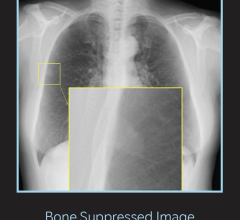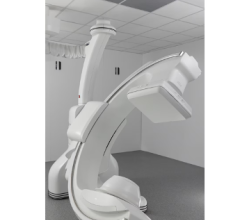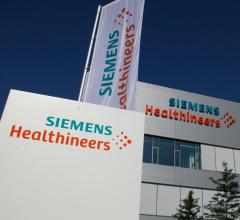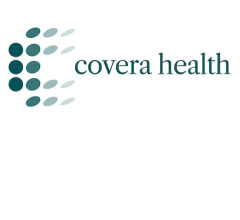November 17, 2010 — A five-year, $10 million grant supporting a leading-edge molecular imaging center at UCLA has been renewed by the National Cancer Institute (NCI) for a third cycle, bringing the total support for the center to $30 million.
The grant funds the UCLA Center for In Vivo Imaging in Cancer Biology, one of the NCI’s eight specialized In Vivo Cellular and Molecular Imaging Centers (ICMICs). UCLA’s ICMIC brings together the expertise and experience of innovative scientists from UCLA’s Jonsson Comprehensive Cancer Center, the Molecular and Medical Pharmacology Department, the Crump Institute for Molecular Imaging and the Institute for Molecular Medicine.
The UCLA ICMIC has developed and applied both instruments and technologies that allow researchers to repeatedly, noninvasively and quantitatively observe such functions as immune responses in real time, as the body detects and then attempts to ward off cancer, has allowed oncologists to more quickly determine whether alternative therapies are working and has developed imaging techniques to stratify cancer patients for initial therapies.
“Understanding cancer at its molecular and cellular levels, and being able to image these aberrant processes in living individuals plays a key role in improving the diagnosis, monitoring and treatment of cancer. In addition, monitoring the distribution and fate of therapeutic molecules provides an enormous advantage in manipulating and evaluating their efficacy," said Harvey Herschman, principal investigator of the UCLA ICMIC. “The new technologies that are emerging from our center are providing valuable new tools for cancer researchers, allowing them to investigate questions in ways not previously feasible.”
The first UCLA ICMIC grant, awarded in 2001, allowed scientists to extend the development and use of noninvasive molecular imaging technologies, such as positron emission tomography (PET), first pioneered at UCLA. Those efforts resulted in making these new technologies part of the regular “toolbox” used by molecular and cell biologists at UCLA who were studying cancer in animal models.
The second ICMIC grant, awarded in 2005, allowed the scientific advances made in the first five years to be translated into the clinic to improve the diagnosis and staging of cancer.
Projects funded by the ICMIC grant have included optimizing PET imaging technologies to rapidly monitor metabolic responses of brain and lung tumors to experimental therapies. Researchers have been able to identify those tumors sensitive to a drug by showing a metabolic response and distinguishing them from nonresponders. Metabolic measures of response are detectable much earlier than the structural changes in tumors usually measured in current clinical procedures, so doctors can tell more quickly if a drug is working and patients can be spared treatments with toxic side effects.
Another translational project involved the use of reporter genes to mark modified immune cells used to stimulate the body’s own response to melanomas. Researchers are able trace injected immune cells carrying the reporter genes, using imaging, and determine their location, their ability to target tumor tissue, their longevity in patients and their biological activity.
Herschman said this round of funding will allow UCLA researchers to develop new imaging instrumentation, technology and potential therapeutic and imaging agents, to test these advances in preclinical models and to initiate clinical trials in cancer patients.
Judith C. Gasson, director of the Jonsson Cancer Center, said discoveries made in UCLA’s ICMIC hold tremendous potential for cancer research and patient care.
“These discoveries will hasten development of safe, effective treatments for patients by allowing researchers to more rapidly and thoroughly evaluate the benefits and limitations of experimental therapies,” she said.
For more information: www.cancer.ucla.edu


 January 06, 2026
January 06, 2026 









